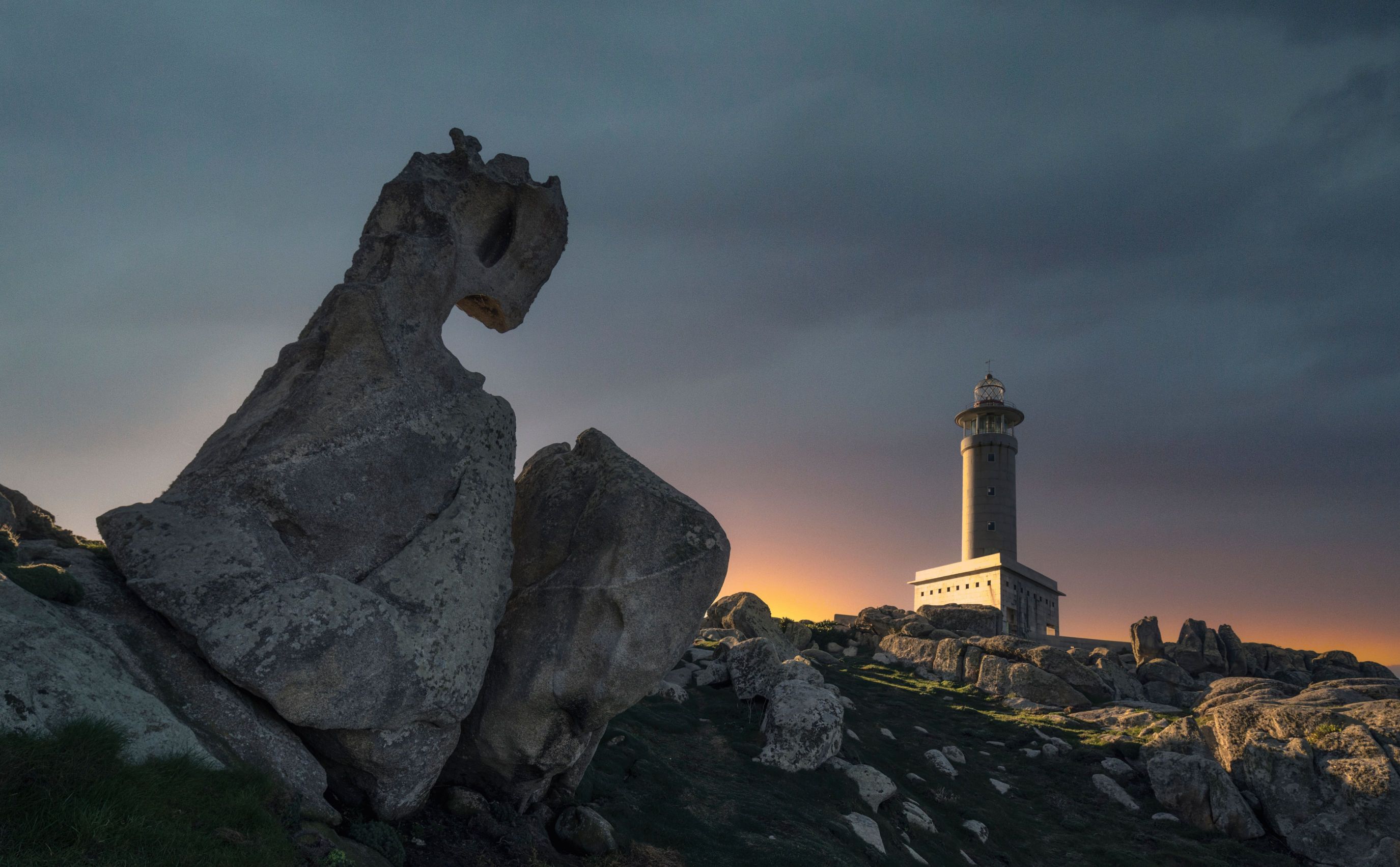Way
History

Main Routes
In 1997, the Council of Europe declared the Camino de Santiago the First European Cultural Itinerary, recognizing that “the routes of the Camino de Santiago are a symbol, reflecting almost a thousand years of European history and serving as a model of cultural cooperation for all of Europe.”
This route, described in the Codex Calixtinus (12th century), is the most historically significant. At its starting point, most European routes converge.
Variant of the French Way
The second most popular route, with ancient roads inherited from Roman times and traveled by illustrious pilgrims.
Variant of the Portuguese Way
The Coastal Way is also known as the Monastic Way due to the numerous monasteries found along the route.
Variant of the Portuguese Way
A medieval Camino, supported by the settlement of religious orders, temples, and hospitals. It mainly passes through coastal towns.
Variant of the Northern Way
The only route with a maritime origin, where pilgrims from the British Isles, Ireland, and Northern Europe disembarked.
Variant of the English Way
The longest route, crossing the Iberian Peninsula from south to north. An opportunity to discover historically significant sites and great artistic heritage.
Variant of the Silver Route
Also known as the Original Way, it was the first of all the Caminos. Alfonso II took this route in the 9th century to reach Compostela.
Following an access route already used by the Romans, it is believed that this route was created to avoid the harsh winter climate of this region of the Camino.
Considered the End of the Earth by the Romans. Here, the sun was worshiped as it was believed to sink into the Atlantic each night.
Alternative Routes
The Camino de Santiago weaves a vast network of routes throughout almost the entire Iberian Peninsula. These routes serve as links to the Main Routes and provide additional journeys of great scenic, historical, and cultural value.

We help you plan your Camino
Provide us with your details, and we will guide you
Non-Jacobean Routes
There are other pilgrimage and hiking routes throughout Spain that have gained relevance over the years. Discover information and stages of each one.

201 kms
9 stages
One of the routes with its own history, independent of the Apostle Santiago. It is famous for housing one of the largest relics in the Monastery of Santo Toribio…

196 kms
8 stages
A scenic route that combines the beauty of maritime landscapes with the lighthouses built along the “Coast of Death.”
International Routes
Discover all the essential information about some of the world’s major pilgrimage routes, some of which hold great historical significance and share many similarities with the Camino de Santiago.

An internationally recognized Japanese route twinned with the Camino de Santiago. Discover one of the world’s most important pilgrimage routes…
Practical Information
If we consider all the kilometers of each route, the shortest Camino de Santiago is the Santiago-Finisterre route, the final route to the End of the World in Galicia.
Without considering connections or secondary routes, the longest route is the Northern Way, spanning more than 820 km.
The Primitive Way is considered the toughest due to its mountainous terrain, which must be crossed to enter Galicia from Asturias.
The easiest route is the Camino de Santiago from Sarria, covering the last 100 km of the French Way. It is the most popular choice for beginners.
The most scenic route is the Northern Way, offering breathtaking landscapes that combine lush forests and stunning coastal views.
There are two main coastal Camino routes: the Northern Way and the Portuguese Coastal Way. The first follows Spain’s northern coast along the Cantabrian Sea, while the latter runs along the Atlantic Ocean from Portugal to Galicia.
The minimum distance required to earn the Compostela certificate is 100 km if walking or riding on horseback, and 200 km if cycling.
The Camino de Santiago consists of multiple routes, each with its own starting point: French Way – Saint Jean Pied de Port, Northern Way – Irún, Portuguese Way – Lisbon, English Way – Ferrol…
Te hemos enviado un enlace para descargar la guía. No olvides revisar la carpeta de correo no deseado si no lo tienes en la bandeja principal.